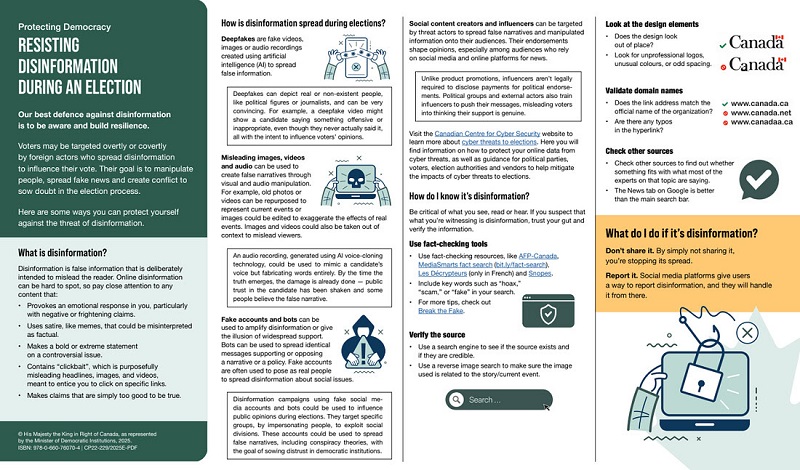Alberta
Fans of Flames and Oilers go to familiar response: “Fire the Coach!”

Officially, the National Hockey League season is over for the only two teams this province really cares about. While survivors prepare for action in Round Two of the Stanley Cup playoffs, both the Edmonton Oilers and the Calgary Flames are setting up what should be fascinating games of chop and change.
The final on-ice breath for 2020 took place after the Dallas Stars humbled Calgary 7-3 to win their best-of-seven series in six games. Days earlier, the Edmonton Oilers were outworked and outscored in a five-game loss to the Chicago Black Hawks.
Promptly, supporters of both teams fell to the oldest response in the Dedicated Fan yearbook: fire the coach.
Dave Tippett was singled out because he juggled some lines. Truly, his Oilers were not good enough at forward, on defence or in goal. Interim Flames head coach Geoff Ward drew immediate criticism on Thursday for replacing Cam Talbot with an ice-cold David Rittich in the early stages of the Stars’ record-setting offensive burst following their early 3-0 deficit. Talbot gave up three goals on only eight shots, but Ritich’s immediate performance was even worse.
Before the sixth and decisive game, Ward expressed optimism about his team’s future. “This is more relentless, more prepared, a better team” than the group that faded badly as a playoff top seed a year ago, he said. Well, for the first 20 minutes, he was absolutely correct. Fan frustration will not force any changes behind the bench. On the ice is entirely different. Goaltending, for example, is a serious concern in both centres.
Edmonton’s pair, Mikko Koskinen and Mike Smith are 32 and 38, respectively. At the very least, a reliable young netminder is required. Talbot, widely inconsistent before being traded to Calgary for Koskinen two years ago, shone through most of the playoffs for the Flames this season and drew solid support from teammates Sean Monahan and Mikael Backlund after Thursday’s shoddy start.
Monahan’s generous view did not detract from the likelihood that the veteran winger, in common with linemate Johnny Gaudreau, is sure to be prominent in trade talks, starting almost immediately.
Captain and key defenceman Mark Giordano, 35, finally showed signs of age. Partner T.J. Brodie, 29, would attract serious offers if general manager Brad Treliving put him on the market.
Good news for Calgary is that on-ice leader Matt Tkachuk has shown no sign of abandoning his fiery style. He was sadly missed after suffering an apparent concussion in Game Two. The seasoned Backlund, and youngsters Andrew Mangiapane, Dillon Dube and Sam Bennett are set for solid futures up front.
In Edmonton, the question about offence is simple: who will play with Connor McDavid on one line and Leon Draisaitl on another? Third- and fourth-liners on the 2020 roster will have plenty of company looking for jobs next year.
At this point, Edmonton lags behind its provincial rivals in at least one important area. It must be remembered that the Flames won their so-called elimination round by defeating a strong (but injured) group of Winnipeg Jets. The Oilers, who would mortgage the future of the entire Icer District for a brilliant young defender such as Miro Heiskanen of Dallas, Cale Makar of Colorado or Quinn Hughes of Vancouver (all still active in playoffs) have no such victory as a building block at this point.
Alberta
Made in Alberta! Province makes it easier to support local products with Buy Local program

Show your Alberta side. Buy Local. |
When the going gets tough, Albertans stick together. That’s why Alberta’s government is launching a new campaign to benefit hard-working Albertans.
Global uncertainty is threatening the livelihoods of hard-working Alberta farmers, ranchers, processors and their families. The ‘Buy Local’ campaign, recently launched by Alberta’s government, encourages consumers to eat, drink and buy local to show our unified support for the province’s agriculture and food industry.
The government’s ‘Buy Local’ campaign encourages consumers to buy products from Alberta’s hard-working farmers, ranchers and food processors that produce safe, nutritious food for Albertans, Canadians and the world.
“It’s time to let these hard-working Albertans know we have their back. Now, more than ever, we need to shop local and buy made-in-Alberta products. The next time you are grocery shopping or go out for dinner or a drink with your friends or family, support local to demonstrate your Alberta pride. We are pleased tariffs don’t impact the ag industry right now and will keep advocating for our ag industry.”
Alberta’s government supports consumer choice. We are providing tools to help folks easily identify Alberta- and Canadian-made foods and products. Choosing local products keeps Albertans’ hard-earned dollars in our province. Whether it is farm-fresh vegetables, potatoes, honey, craft beer, frozen food or our world-renowned beef, Alberta has an abundance of fresh foods produced right on our doorstep.
Quick facts
- This summer, Albertans can support local at more than 150 farmers’ markets across the province and meet the folks who make, bake and grow our food.
- In March 2023, the Alberta government launched the ‘Made in Alberta’ voluntary food and beverage labelling program to support local agriculture and food sectors.
- Through direct connections with processors, the program has created the momentum to continue expanding consumer awareness about the ‘Made in Alberta’ label to help shoppers quickly identify foods and beverages produced in our province.
- Made in Alberta product catalogue website
Related information
Alberta
Province to expand services provided by Alberta Sheriffs: New policing option for municipalities

Expanding municipal police service options |
Proposed amendments would help ensure Alberta’s evolving public safety needs are met while also giving municipalities more options for local policing.
As first announced with the introduction of the Public Safety Statutes Amendment Act, 2024, Alberta’s government is considering creating a new independent agency police service to assume the police-like duties currently performed by Alberta Sheriffs. If passed, Bill 49 would lay additional groundwork for the new police service.
Proposed amendments to the Police Act recognize the unique challenges faced by different communities and seek to empower local governments to adopt strategies that effectively respond to their specific safety concerns, enhancing overall public safety across the province.
If passed, Bill 49 would specify that the new agency would be a Crown corporation with an independent board of directors to oversee its day-to-day operations. The new agency would be operationally independent from the government, consistent with all police services in Alberta. Unlike the Alberta Sheriffs, officers in the new police service would be directly employed by the police service rather than by the government.
“With this bill, we are taking the necessary steps to address the unique public safety concerns in communities across Alberta. As we work towards creating an independent agency police service, we are providing an essential component of Alberta’s police framework for years to come. Our aim is for the new agency is to ensure that Albertans are safe in their communities and receive the best possible service when they need it most.”
Additional amendments would allow municipalities to select the new agency as their local police service once it becomes fully operational and the necessary standards, capacity and frameworks are in place. Alberta’s government is committed to ensuring the new agency works collaboratively with all police services to meet the province’s evolving public safety needs and improve law enforcement response times, particularly in rural communities. While the RCMP would remain the official provincial police service, municipalities would have a new option for their local policing needs.
Once established, the agency would strengthen Alberta’s existing policing model and complement the province’s current police services, which include the RCMP, Indigenous police services and municipal police. It would help fill gaps and ensure law enforcement resources are deployed efficiently across the province.
Related information
-
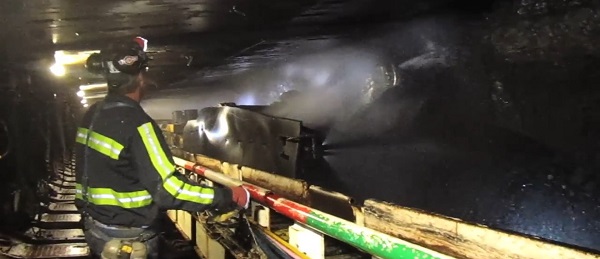
 Daily Caller2 days ago
Daily Caller2 days agoTrump Executive Orders ensure ‘Beautiful Clean’ Affordable Coal will continue to bolster US energy grid
-

 2025 Federal Election2 days ago
2025 Federal Election2 days agoBREAKING from THE BUREAU: Pro-Beijing Group That Pushed Erin O’Toole’s Exit Warns Chinese Canadians to “Vote Carefully”
-
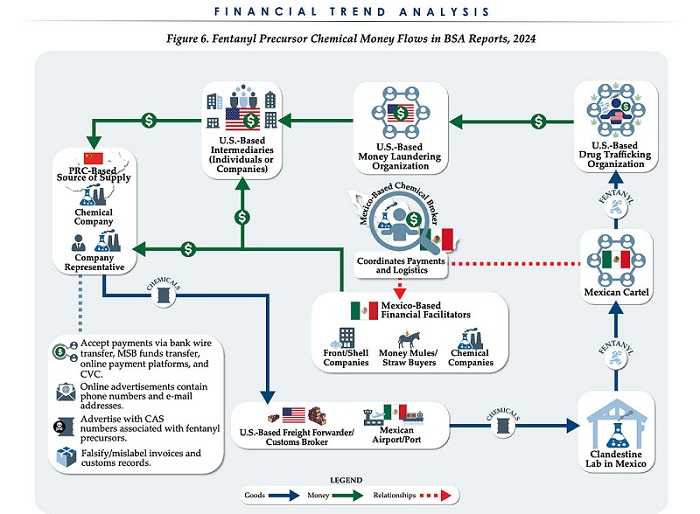
 Business2 days ago
Business2 days agoChina, Mexico, Canada Flagged in $1.4 Billion Fentanyl Trade by U.S. Financial Watchdog
-

 COVID-192 days ago
COVID-192 days agoTamara Lich and Chris Barber trial update: The Longest Mischief Trial of All Time continues..
-

 2025 Federal Election18 hours ago
2025 Federal Election18 hours agoPRC-Linked Disinformation Claims Conservatives Threaten Chinese Diaspora Interests, Take Aim at PM Carney’s Debate Remark
-
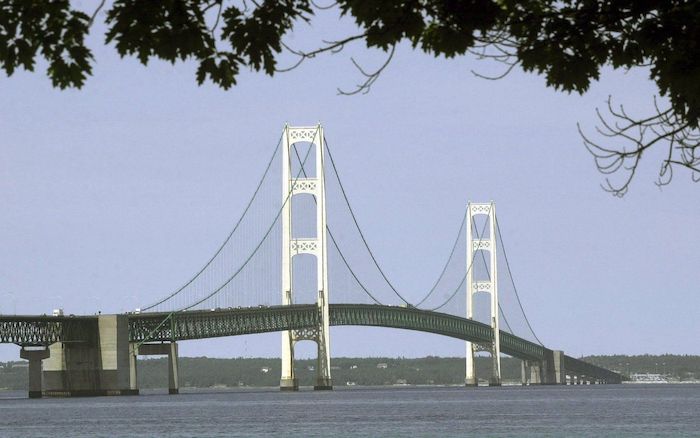
 Energy2 days ago
Energy2 days agoStraits of Mackinac Tunnel for Line 5 Pipeline to get “accelerated review”: US Army Corps of Engineers
-
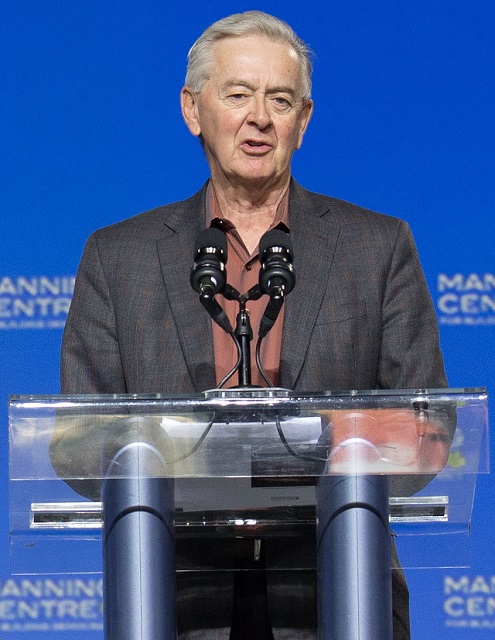
 2025 Federal Election2 days ago
2025 Federal Election2 days agoAllegations of ethical misconduct by the Prime Minister and Government of Canada during the current federal election campaign
-

 Daily Caller2 days ago
Daily Caller2 days agoDOJ Releases Dossier Of Deported Maryland Man’s Alleged MS-13 Gang Ties





